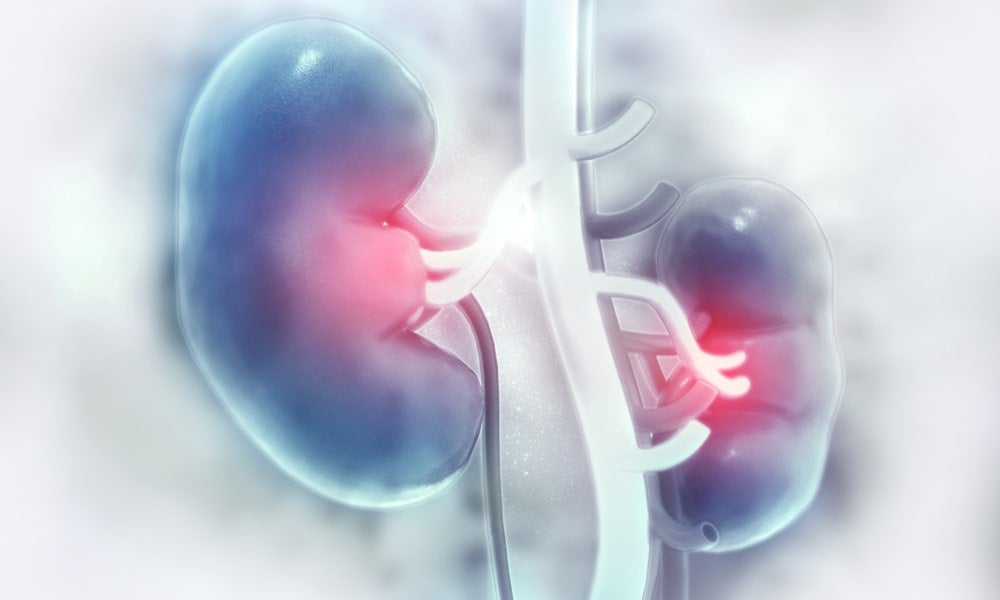How market design is transforming the role of economists into engineers
This year's Nobel Prize in economic sciences is a testament to the importance of market design, which is a transformative approach to economics and the social sciences more broadly
When the Royal Swedish Academy of Sciences cited Stanford Economics Professors Paul Milgrom and Robert Wilson to win the 2020 Nobel in economic sciences for improvements to auction theory and inventions of new auction formats, experts in market design around the globe lauded the decision.
“Their work is a great example of market design,” says Dr Jacob Goeree, Scientia Professor in the School of Economics at UNSW Business School. “The Nobel committee has shown impeccable taste by awarding this year’s prize to both Milgrom and Wilson. It’s an excellent choice – and maybe somewhat overdue. Milgrom is the leading theorist of our times and Wilson has been enormously influential in the field. Three of Wilson’s students are Nobel Laureates, and now he deservedly is one himself – he is the patriarch of a Nobel family.”
Auctions are big business globally. In the US alone, more than a quarter-trillion dollars in goods and services are sold at auction every year. Objects worth astronomical sums of money change hands every day in auctions – not only household objects, art and antiquities, but also securities, minerals, energy and even public procurements.
Using auction theory, researchers try to understand the outcomes of different rules for bidding and final prices, otherwise known as the auction format. The analysis is difficult, because bidders behave strategically, based on the available information. They take into consideration both what they know themselves and what they believe other bidders to know.
To win this year’s Nobel Prize in economic sciences, Profs. Milgrom and Wilson studied how auctions work and designed new auction formats for goods and services that are difficult to sell in a traditional way. Their discoveries have benefited sellers, buyers and taxpayers around the world. Specifically, Prof. Milgrom showed that an auction generates more revenue for the seller when bidders can learn about each other’s estimated values during the bidding process.
After the seminal work of Nobel Laureate Professor William Vickrey, Prof. Goeree says the status quo in auction theory was that “all auctions are created equal”. But an empirical anomaly discovered by petroleum engineers led Prof. Wilson to rethink this perceived wisdom. “He was the first to model the so-called ‘winner’s curse’ in common value auctions. And his student, Milgrom added to the analysis by showing that in setting with private and common values, auction design matters,” says Prof. Goeree.

AGORA: where market design minds come together
Prof. Goeree is a leading figure globally in practical market design and also serves as Director of UNSW Business School’s AGORA Centre for Market Design. AGORA (αγορά –Greek for market as well as meeting place) draws on the expertise of Australian and international researchers (including Prof. Milgrom, who is a Fellow of AGORA) from a wide range of disciplines – including game theory, experimental economics, computer science and operations research – to solve major market problems. The centre tackles real-word issues such as how to design pollution permits for greenhouse gas initiatives, alternatives to standard voting, how best to trade water rights and even award-winning models for selling fishing rights at state government levels.
Prof. Goeree was cited multiple times in the Nobel Prize Committee paper that describes the achievements of Profs. Milgrom and Wilson. The concept of market design is not new, but innovations around its application certainly are, he explains.
“For example, the 2012 Nobel Prize in economic sciences was also for market design and it concerned the matching of organ donors to patients. This work was done by Stanford Professor Alvin Roth (also an AGORA Fellow).” Roth pioneered an innovative ‘kidney swap’ program in the US that solved the problem of how to encourage more people to donate kidneys to strangers. The program linked people who wanted to donate a kidney to a family member but who they were not compatible with, to other incompatible donor pairs. The larger the chain of donors, the greater the chance of multiple matches.
“Then there is the creation of auctions and markets for public resources like spectrums, but there are many others. Basically, any ‘institution’ – by which I mean a set of rules under which self-interested and privately informed individuals interact – falls within the domain of market design,” says Prof. Goeree, who is currently working with AGORA Postdoctoral Fellow Bernardo García-Pola on a project to improve voting systems that factor in the intensities with which voters care about a particular issue.

Spectrum auction design
Prof. Goeree says spectrum auction design – a field which AGORA is very active in – is a classic example of market design. Prior to the introduction of spectrum auctions, governments commonly gave away specific bands of the electromagnetic spectrum to the likes of telecommunications companies – but spectrum auctions have become one of the most lucrative auction markets in the modern world.
“As evidenced by this year’s Nobel Prize, spectrum auction design is an important subfield of market design,” says Prof. Goeree, who has a long track record in this field – starting in 2004 when the US Federal Communications Commission gave him a call and subsequently contracted him to design its 700 MHz auction. This was conducted in 2008 and raised record revenues of US$19 billion (A$25.6 billion).
Today, the auctions which raise the most revenue for governments around the world are often spectrum auctions, and US government auctions of the electromagnetic spectrum have generated more than US$100 billion (A$135 billion) to date.
“Many were shocked – in a positive manner – that you could actually make money out of thin air,” says Prof. Goeree, who has since advised governments worldwide about the design of spectrum auctions, including in Canada, the Netherlands and Australia. He has also written many scholarly articles on spectrum auction design and co-edited the Handbook of Spectrum Auction Design which contains contributions from many leading scholars, including Nobel Laureate Prof. Milgrom. More recently, AGORA has advised the Australian Communications and Media Authority about the design of the upcoming 850-900 MHz auction.

A transformative approach: the economist as engineer
18th-century Scottish economist Adam Smith – widely considered the father of modern economics – introduced the notion of the “invisible hand” to motivate his laissez faire ideas about free markets. The “invisible hand”, or the tendency by which prices respond to supply and demand and equilibrate to market-clearing levels, supposedly results in socially-preferred outcomes.
However, there are many cases where the “invisible hand” does not work. Prof. Wilson’s analysis of the winner’s curse in common-value auctions is a prominent example. “Sometimes the invisible hand needs a bit of help, and that’s where market design comes in – for instance, making sure bidders can update their value estimates during the bidding process itself,” says Prof. Goeree.
In his landmark 2002 paper, The Economist as Engineer: Game Theory, Experimentation, and Computation as Tools for Design Economics, Prof. Roth explained that designers cannot work only with the simple conceptual models used for theoretical insights into the general working of markets. Instead, he observed that market design calls for an engineering approach.
Goeree believes the economist as an engineer is a “truly transformative approach” to economics and the social sciences more broadly. “For centuries, economists have studied existing markets, based on Adam Smith’s original ideas about laissez faire and the invisible hand,” he says.
“Now there is widespread acceptance among economists that unfettered markets can sometimes result in poor outcomes that are bad for society. And they have taken up the challenge by improving markets, and sometimes inventing completely new ones.”
For more information, please contact Jacob Goeree, School of Economics Scientia Professor and Director AGORA Centre for Market Design directly.
